News
Could femtech offer creative solutions for women seeking abortion care?

With one in four women accessing abortion during their lifetimes, we examine if femtech’s interest in fertility could provide options for abortion aftercare
Femtech is taking on the fertility market by providing options for women who have been disappointed by the care already on offer. One of the ways in which it excels in considering all areas of fertility however controversial or difficult. This includes discussions on discharge health, miscarriages, depression and the difficult subject of abortion care.
The demand for abortion care is rising thanks to the pandemic and also, new laws such as the Texas restrictions passed last year. A study by researchers at the University of Texas found that requests by people in the state to an international humanitarian organisation, Aid Access rose by almost 1,200 per cent the same week that Senate Bill 8 went into effect.
When it comes to offering care options, femtech is perfectly positioned to offer help to women considering their options. It can offer communication with healthcare professionals via telemedicine links and platforms with detailed care or education options. It may also offer ordering options for pills, therapies or pain medication through virtual reality stores or clinics. All of which allows women to make their own decisions, at home, with loved ones and feel supported.
So what are the ways in which femtech companies are approaching abortion care?
Women First Digital on Whatsapp
Women First Digital (WFD) is not just a predominately female-run platform for safe abortion information but also offers contraceptive, sexual and reproductive health advice. The platform recently released a WhatsApp bot extension for Ally, which was the world’s first-ever abortion virtual assistant. It connects women across the globe to accurate information on abortion care or services.
The biggest benefit of using WhatsApp chatbots in healthcare is the immediate reach. It can be used by consultants for everything from reminding patients to take their medication on time to providing health data. It also reaches patients in their own environment to empower them to take control of their own healthcare. It allows women to make informed decisions with information on demand, as needed and furthers communication with experts in the field on offer through the app.

WhatsApp also provides complete protection to the data and identity of all parties through two-factor authentication, end-to-end encryption, and business verification.
Tisha Gopalakrishnan, Executive Director of WFD said: “Women First Digital inhabits the intersection between technology and reproductive healthcare with eHealth platforms intended to minimise barriers, improve reach, and strengthen women’s decision-making power. That’s why we’re excited to announce the expansion of our HowToUse chatbot Ally to WhatsApp, a tool that will help more women access the information they need to create opportunities for better lives.
On WhatsApp, the Ally bot has the potential to reach women on a device and application they frequently use and give them quick, tailored, and easy-to-understand information with safety and discretion.”
The chatbot, Ally, has had over 35,000 conversations with roughly 30,000 unique users from around the world through both the home site and Facebook messenger since March 2020.
“In the past five years, WFD platforms have had more than 13 million site visits with users from over 180 countries helping to reduce the rate of unsafe abortions and broaden contraceptive awareness. Ultimately, we work every day towards a world in which all women have access to sexual and reproductive health services that are safe, reliable and individually tailored,” concludes Gopalakrishnan.
Hey Jane virtual Clinic
Hey Jane offers ‘modern abortion care, without the clinic’ according to their website which looks similar to wellness sites. They are currently only operating in certain parts of the US such as New York or Illinois with their pills by post platform. Women who are pregnant up to ten weeks can log in, chat with a licensed provider through text or video depending on a person’s preferences and request an unmarked box of pills delivered at home.
The care does not stop with just the pills but creates a community where women can chat. Often abortion is not discussed due to stigma or religious beliefs or pressure, so the community can be crucial to women going through it alone.
The platform was created by the co-founders, Gaby Izarra and chief executive officer, Kiki Freedman. The company raised $2.2m in a funding round and saw its customer growth increase by 300 per cent between Q1 and Q2 of 2020. The founders believe that currently, abortion care is too difficult to access in terms of logistics, financial constraints, and from a stigma and emotional perspective.
Abortion pills by post
Covid changed a lot about the way that we approach healthcare including telemedicine and appointments over the phone. One way in which it changes the abortion care industry in the UK is that it made pills available for the first time by post by the NHS. Abortion law was amended in 2020 to allow women the right to take the pills at home during the lockdown.
However, Maggie Throup, the public health minister, confirmed on Thursday that women seeking to terminate a pregnancy by taking the two pills involved at home would lose that right at the end of August. However, Wales has announced it will make the move permanent citing the reduction in numbers accessing NHS care. Doctors, midwives, pro-choice groups and abortion providers in the UK have voiced opposition to this move requesting that the pills by post scheme be kept.
If this is introduced in August, tech may have even more of a part to play in helping women to access their options.
Read more: Why are femtech companies embracing the wellness industry?
Menopause
NHS health checks to include menopause questions for the first time
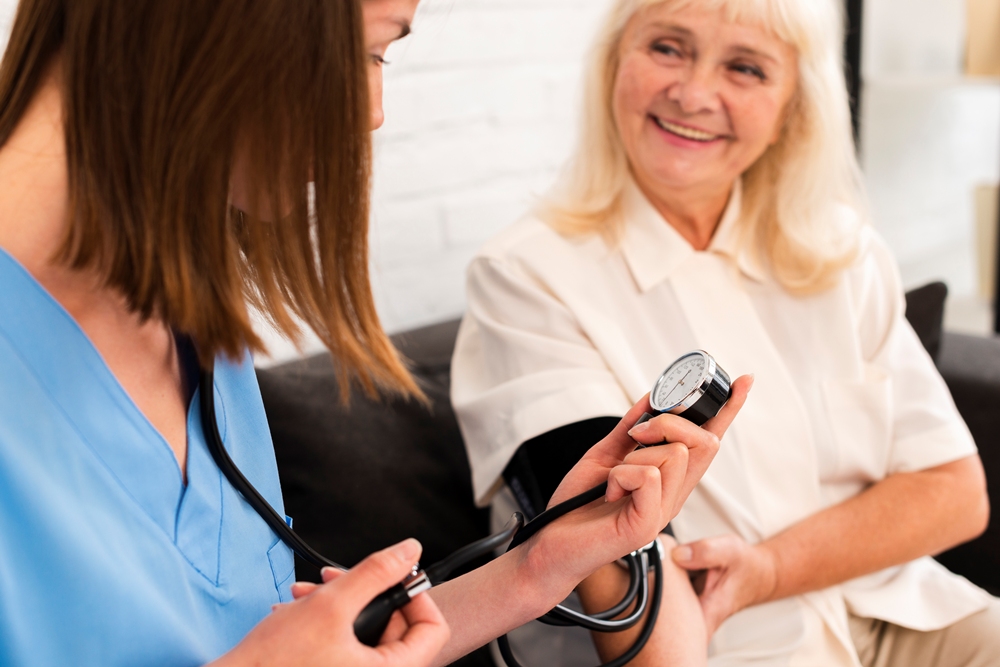
NHS health checks will include questions about menopause for the first time, a move ministers say could help up to five million women in England.
The Department of Health and Social Care said the new questions, to be developed over the coming months, could be introduced from 2026.
Adults aged 40 to 74 without long-term conditions are eligible for these free checks every five years.
The checks currently screen for heart and kidney disease, type 2 diabetes, dementia and stroke risks.
Adding menopause questions marks what health secretary Wes Streeting described as giving women “the visibility and support they have long been asking for.”
Streeting said: “Women have been suffering in silence for far too long.
“They are left to navigate menopause alone, with very little support – all because of an outdated health system that fails to acknowledge how serious it can be.
“No one should have to grit their teeth and just get on with what can be debilitating symptoms or be told that it’s simply part of life.”
Around three-quarters of women experience symptoms such as hot flushes, night sweats, depression and sleep problems.
One in four describe their symptoms as severe.
National Institute for Health and Care Excellence guidance recommends hormone replacement therapy (HRT) as the first-line treatment. HRT can also help maintain muscle strength and reduce the risk of osteoporosis, where bones become weak and brittle.
Despite this, many women say they are not listened to or offered adequate support.
Dr Sue Mann, NHS England’s national clinical director for women’s health, said: “By tailoring NHS health checks to include questions around menopause, we hope more women will get the support they need to manage their symptoms.”
Experts welcomed the move but cautioned that access inequalities remain.
Professor Ranee Thakar, president of the Royal College of Obstetricians and Gynaecologists, called it “fantastic news” that could help reduce stigma, but said implementation would be key.
“For this change to have maximum positive impact we’d like to see a real focus on ensuring women from diverse ethnic communities and socially deprived areas are supported to access health checks, and excellent menopause training for healthcare assistants providing them,” she said.
Kate Muir, author of Everything You Need to Know About the Menopause (But Were Too Afraid to Ask), said: “This is desperately needed, particularly to provide evidence-based information for women on the benefits of HRT. GPs’ appointments are a perfect way to get knowledge into all communities.
“We know from NHS statistics that 23 per cent of white menopausal women are on HRT, but only 5 per cent of black and 6 per cent of Asian women.
“This may open doors.”
Janet Lindsay, chief executive of Wellbeing of Women, added: “Women and people from marginalised communities are less likely to know about or attend these [health checks], and progress on menopause support cannot leave them behind.
“Healthcare professionals must work with grassroots organisations in these communities to ensure those facing additional barriers receive the tailored care they need.”
Mental health
Timing is everything: What AI need to learn about HRT and brain health
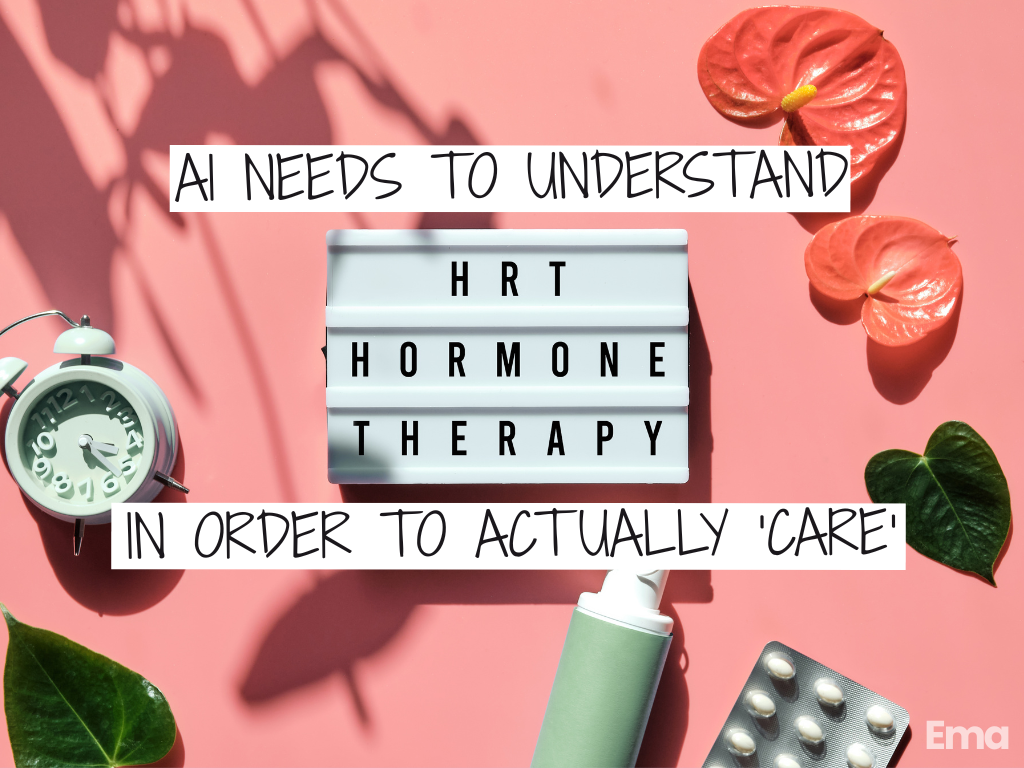
By Morgan Rose, CNM, WHNP-BC, and Dr Kudesia, triple board-certified in Reproductive Endocrinology & Infertility (REI), Obstetrics & Gynecology, and Lifestyle Medicine
The timing of when women start hormone replacement therapy (HRT) may matter more than we ever understood.
The “critical window” for starting HRT isn’t just relevant to brain health; timing has also been shown to shape cardiovascular outcomes.
Early analyses of the landmark WHI trial missed this nuance, including women long past menopause and obscuring benefits seen in those who begin therapy sooner.
Recent research presented at the American Neurological Association Annual Meeting found that women who began HRT within five years of menopause had a 32 per cent lower risk of developing Alzheimer’s disease.
Yet those who started HRT more than five years after menopause showed higher levels of tau proteins, a hallmark of Alzheimer’s, in their brains.
This “critical window” concept challenges the one-size-fits-all model of menopause care. It suggests that when we start HRT, it can be just as important as whether we start it.
Researchers at Mass General Brigham found similar patterns: women who began HRT near the onset of menopause did not show increased Alzheimer’s risk, while those who experienced early menopause with longer lifetime estrogen deprivation faced a higher risk overall.
Why Timing Matters
Women face roughly a 1 in 5 lifetime risk of Alzheimer’s disease, compared to 1 in 10 for men of the same age. The sharp drop in estrogen during menopause may help explain that gap.
Estrogen supports energy production, blood flow, and inflammation control in the brain functions that wane as levels decline.
The data suggest that initiating HRT earlier (around perimenopause or early menopause) may preserve some of these neuroprotective effects, while starting too late could heighten risk once neurodegenerative changes have already begun.
One meta-analysis showed that HRT begun soon after menopause reduced Alzheimer’s risk by over 40 per cent compared to non-users, while starting after age 60 doubled the risk.
These findings don’t make HRT a blanket prescription; they make it a precision intervention.
The Clinical Nuances AI Must Understand
If AI is going to support menopause care safely and intelligently, it needs to understand the reasons behind the actions.
1. Timing Is a Risk Modifier
“Time since menopause” is not just a demographic; it’s a clinical determinant.
AI systems must understand that the same therapy can carry opposite implications depending on when it’s initiated.
2. HRT Is Not Monolithic
There are multiple formulations, routes, and combinations.
For women who still have a uterus, adding progesterone helps protect the uterine lining and lowers the risk of endometrial cancer that can occur with estrogen-only therapy.
Topical estrogen, which has much lower absorption into the bloodstream, may be appropriate for perimenopausal women who are still having periods or postmenopausal women with a uterus who need targeted relief of vaginal or urinary symptoms.
For example:
- Estrogen-alone therapy can raise the risk of endometrial cancer and is typically not recommended for women with a uterus.
- Topical estrogen, with much lower systemic absorption, may be appropriate for perimenopausal women still having periods.
These distinctions must be explicitly encoded into AI frameworks to avoid oversimplified or unsafe recommendations.
3. Safety Requires Scope and Referral
Complex topics like HRT timing and neuroprotection should always prompt an automatic follow-up:
“Please consult a menopause specialist or clinician (such as one credentialed through the North American Menopause Society) to discuss the risks, benefits, and best options for you.”
AI logic must mirror how clinicians practice by inviting deeper discussion, not replacing it.
From Symptoms to Systems Thinking
We need to move beyond viewing menopause as a set of symptoms to manage, and instead see it as a neurological and metabolic inflection point in women’s lives.
That means:
- Bringing conversations about HRT earlier, during perimenopause, when neuroprotective benefits may still be possible.
- Designing AI systems that recognise context and chronology, not just keywords.
- Making personalised, evidence-based menopause guidance accessible to every woman by cutting through misinformation and connecting her to trusted care.
The Bigger Picture
For too long, women’s midlife health has been under-researched and under-resourced. The result is a data gap, which can quickly become a bias when encoded into AI.
If we want women’s health AI to truly care, it must be trained on data that understands the complexity of hormonal transitions, not just the vocabulary of them.
Because the difference between “now” and “five years from now” can determine whether a woman ages with clarity or confusion.
AI should know that.
And soon, it will.
Dr Kudesia is nationally recognised for her expertise in fertility awareness, lifestyle, and culinary approaches to reproductive health, and her advocacy for reproductive rights.
News
Women better protected against early Parkinson’s neurodegeneration, study finds
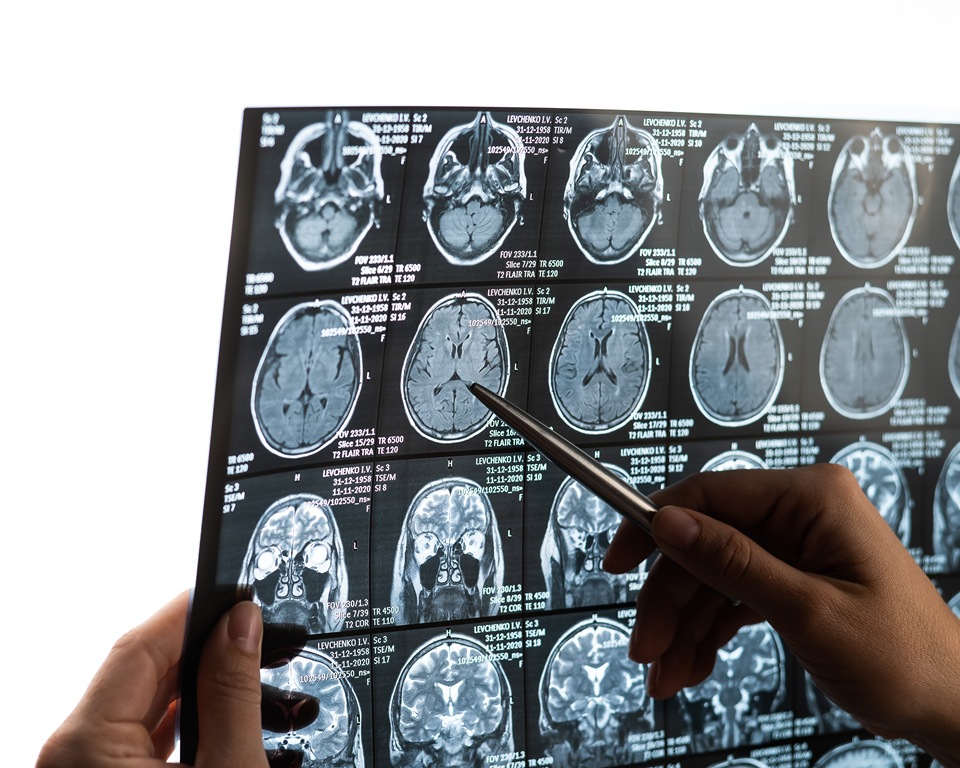
Women with an early precursor to Parkinson’s disease show much less brain shrinkage than men, despite similar disease severity, new research shows.
The discovery could help scientists explore how hormones might one day be used to treat the neurodegenerative condition.
The findings are based on data from nearly 700 participants across nine international research centres.
The study focused on isolated REM sleep behaviour disorder — a condition in which people physically act out their dreams.
It is considered the most reliable early warning sign of diseases caused by toxic protein build-up in the brain.
More than 70 per cent of those affected later develop Parkinson’s disease, Lewy body dementia or multiple system atrophy, which affects several body systems.
Researchers from Université de Montréal analysed 888 brain scans from centres in Canada, the Czech Republic, the UK, France, Australia, Denmark and Italy.
After quality checks, 687 participants were included: 343 patients with the sleep disorder and 344 healthy controls.
The results revealed clear sex-based differences.
While 37 per cent of the cortical areas — the brain’s outer layer responsible for higher functions — showed thinning in men, only one per cent of regions were affected in women.
This difference remained even though participants were of similar age (around 67) and had comparable clinical profiles.
Marie Filiatrault is first author of the study and a doctoral student at Université de Montréal.
The researcher said: “Men show much more extensive and severe cortical thinning — the outer layer of the brain that controls our higher functions — than women, particularly in areas linked to movement, sensation, vision and spatial orientation.”
To understand the protective effect, researchers compared brain images with gene activity in different regions, measured in healthy brains after death.
They found that the less-affected areas in women showed higher expression of genes related to oestrogen function, particularly ESRRG and ESRRA, which produce oestrogen-related hormone receptors.
The ESRRG gene was especially notable, showing greater activity in brain tissue than elsewhere in the body.
These receptors play key roles in mitochondrial function — the cell’s energy production system — and in the survival of dopamine-producing neurons, the cells that die in Parkinson’s disease.
Shady Rahayel is professor at Université de Montréal’s Faculty of Medicine and lead author of the study.
Rahayel said: “This sleep disorder offers a unique window of opportunity to study the mechanisms of neurodegeneration before major motor or cognitive symptoms appear.
“Our results suggest that certain brain areas in women with isolated REM sleep behaviour disorder are better protected than those in men, likely through the action of oestrogens.”
The team chose to study this precursor condition because it allows observation of brain protection mechanisms before major motor symptoms develop.
Although only 25 to 40 per cent of people with Parkinson’s experience REM sleep behaviour disorder, studying this early stage gives insight into how the brain resists damage when it is still limited.
Previous studies have shown that women with established Parkinson’s disease tend to experience slower progression than men, pointing to similar protective effects.
The findings could shape future research and treatment development.
The authors recommend separating men and women in clinical trials, which could improve statistical accuracy and reduce the number of participants required.
The biological mechanisms identified — particularly those linked to the ESRRG gene — could also become potential therapeutic targets.
Early laboratory research suggests that increasing ESRRG activity may protect dopamine-producing neurons from the toxic effects of alpha-synuclein, a protein that builds up abnormally in the brains of people with Parkinson’s.
“This study brings us closer to precision medicine, where treatments could be tailored not only to the disease but also to individual biological characteristics, including sex,” said Rahayel.

 News20 hours ago
News20 hours agoDozens of women report suffering painful burns after using Always sanitary towels

 News2 weeks ago
News2 weeks agoFDA plans to revise black box warning on menopause hormone therapies

 News2 weeks ago
News2 weeks agoAI-powered women’s health companion Nexus launches in UK

 News2 weeks ago
News2 weeks agoScientists turn human skin cells into eggs in IVF breakthrough

 Entrepreneur7 days ago
Entrepreneur7 days agoWomen’s health innovations recognised in TIME’s Best Inventions 2025

 Menopause2 weeks ago
Menopause2 weeks agoDaily pill could delay menopause ‘by years,’ study finds

 News2 weeks ago
News2 weeks agoAncient herb to modern must-have: Why ashwagandha is capturing UK women’s attention
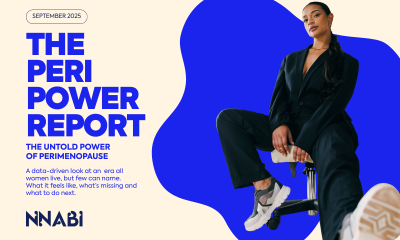
 Menopause3 weeks ago
Menopause3 weeks agoNew report exposes perimenopause as biggest blind spot in women’s health




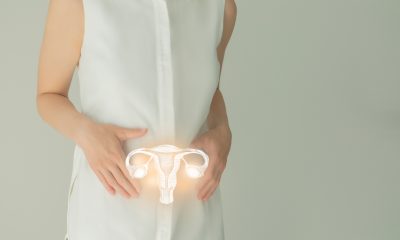

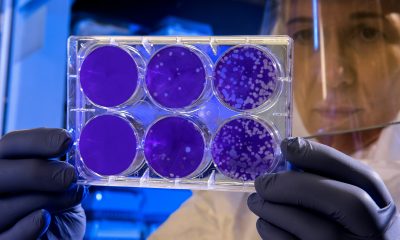



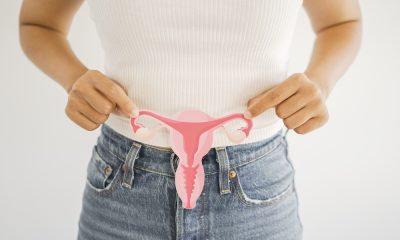






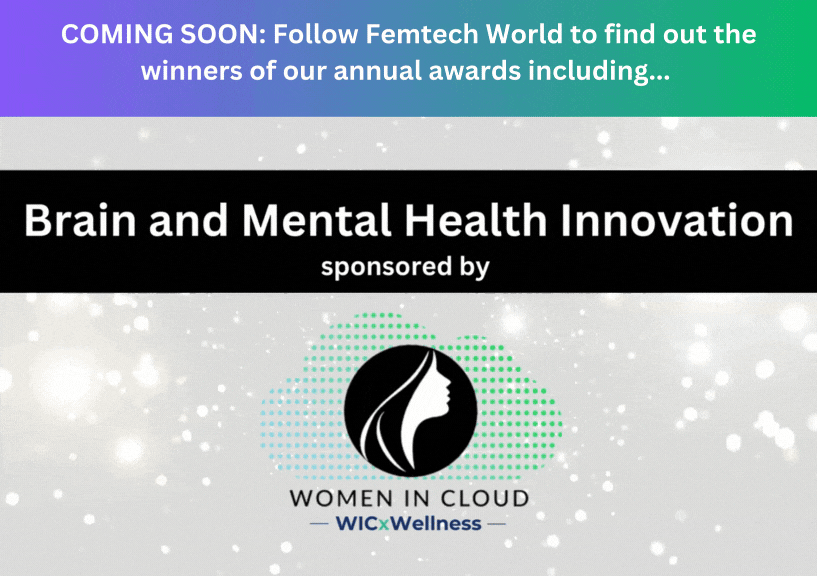











40 Comments